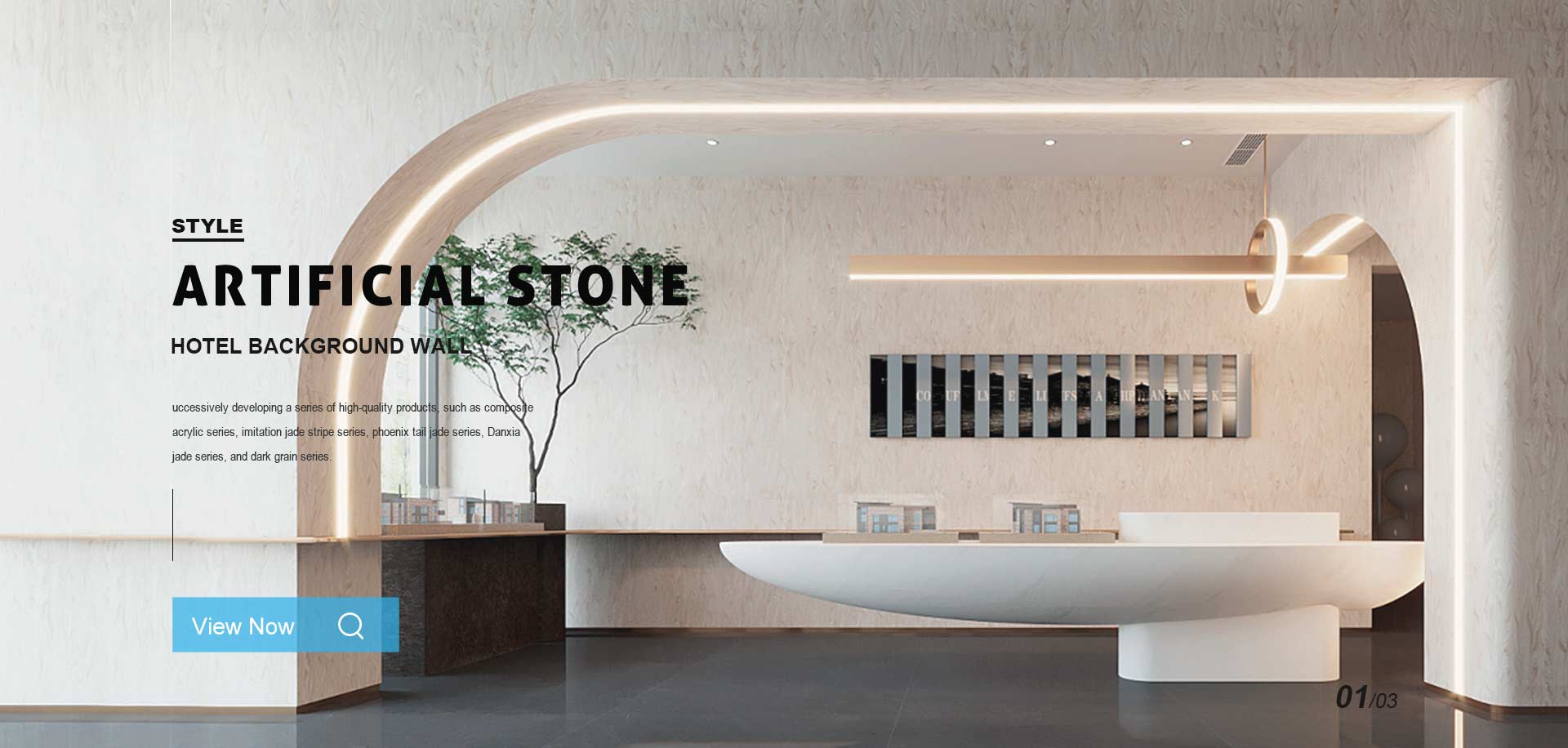Artificial translucent stone, also known as engineered or composite stone, possesses unique characteristics that set it apart as a remarkable material in various architectural and design applications. Combining natural minerals with resins and pigments, artificial translucent stone offers distinct advantages over traditional stone while opening up new possibilities for creative expression and functional design.
1. Translucency and Light Diffusion: One of the most striking features of artificial translucent stone is its ability to transmit light while diffusing it in an even and mesmerizing manner. This characteristic allows designers to craft ethereal and captivating spaces that play with natural and artificial lighting, creating a harmonious interplay between light and material.
2. Customizable Aesthetics: Artificial translucent stone can be tailored to achieve a wide range of colors, patterns, and visual effects. Through careful manipulation of pigments and resins during the manufacturing process, designers can create bespoke designs that reflect a specific ambiance or evoke desired emotions.
3. Lightweight and Versatile: Unlike traditional stone, artificial translucent stone is notably lighter in weight, making it easier to handle, transport, and install. Its flexibility allows for curved and intricate shapes, enhancing design possibilities and enabling the creation of seamless and flowing structures.
4. Durability and Re





